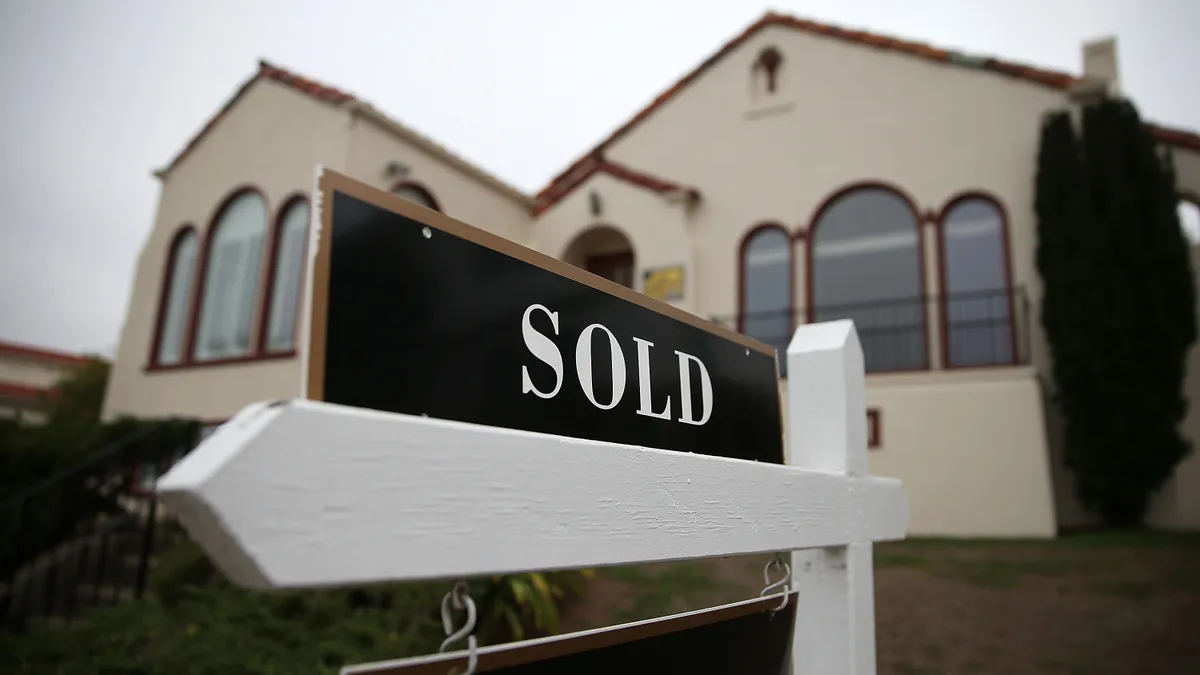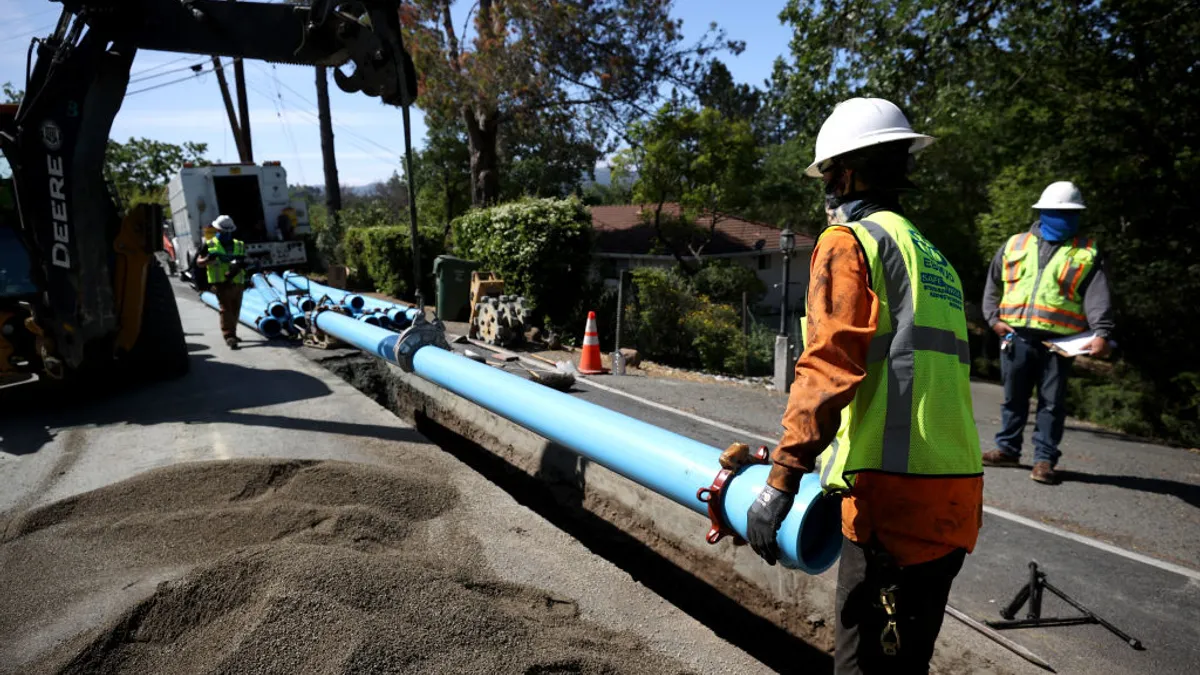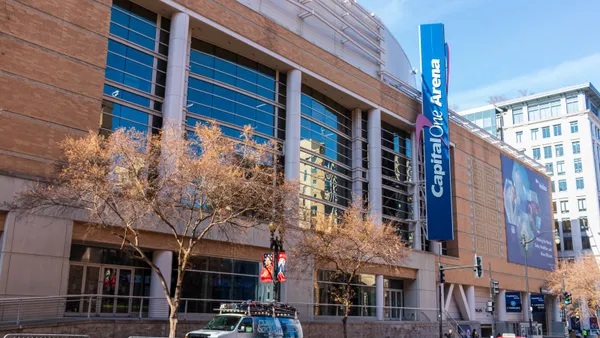Dive Brief:
-
Home prices nationwide increased for the fifth-consecutive year in 2016, beating their pre-recession peak, according to the Joint Center for Housing Studies of Harvard University.
-
However, when those prices are adjusted for inflation, they are still 9% to 16% below peak levels.
-
Prices in real dollars in coastal markets like Miami, Sacramento, CA, and Washington, DC, have increased over the last several years, exceeding 2000 levels. Yet because the booms and busts there were so pronounced, adjusted prices are well below peak.
Dive Insight:
The level of home-price increases depends on location, but overall prices are still rising across the country. Prices rose 1.2% from April to May and 6.6% year-over-year, according to the latest CoreLogic Home Price Index, which estimates that home prices will climb by 5.3% by May 2018. Meanwhile, Black Knight Financial Services reported that home prices reached a record high of $275,000 in April.
At the city-level, Seattle (12.9%), Portland, OR (9.3%), and Dallas (8.4%) saw the largest year-over-year increase in home prices for the third month in a row, according to the latest S&P CoreLogic Case Shiller U.S. National Home Price Index.
Part of the reason for the price growth is there are not enough homes to go around. The market has added less housing in the last decade than it did during any other 10-year stretch since the 1970s, according to the JCHS.
The trend is changing where some people can or want to live. Cities like Phoenix, Dallas, Fort Worth, TX, and Houston are among the metros that have more housing available to meet the needs of their growing populations. Meanwhile, smaller, centrally located markets like Bismarck, ND, and Billings, MT, are among the best for middle-income households that want to own an affordable home, according to SmartAsset.













